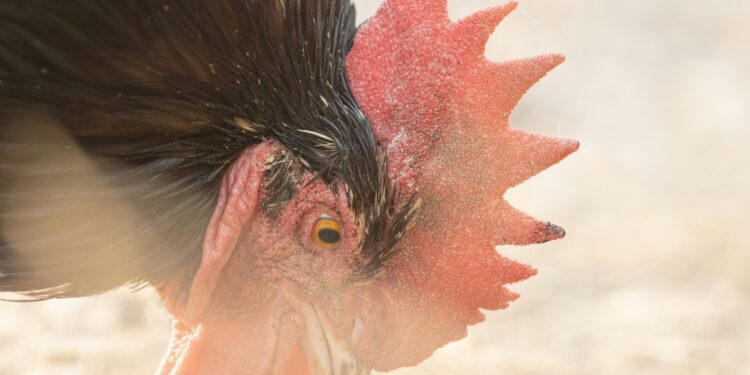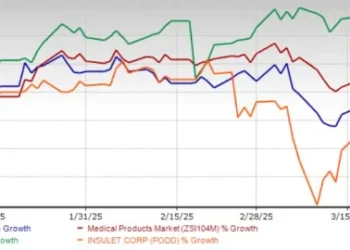In an era defined by the unpredictable interplay between human systems and the natural world, the emergence of highly pathogenic avian influenza (H5N1) in U.S. dairy cattle marks a consequential shift in the landscape of zoonotic threats. Once thought to be largely constrained to avian species, H5N1’s confirmed spread to dairy herds—and, in limited instances, to humans—demands serious reconsideration of how we monitor, manage, and mitigate infectious diseases across species barriers.
The U.S. Department of Agriculture (USDA) reported that as of April 2025, infections had been identified across dairy operations in at least nine states, with viral traces found in both symptomatic and asymptomatic cows (USDA, 2025). Concurrently, the Centers for Disease Control and Prevention (CDC) confirmed several human cases linked to dairy farm exposure, though these cases presented with mild symptoms, including conjunctivitis and respiratory irritation (CDC, 2025).
While human-to-human transmission has not yet been observed, virologists are warning that the risk calculus must shift. According to a recent study in Nature Communications, genetic sequencing of the bovine-derived H5N1 strains revealed mutations associated with improved replication in mammalian hosts (Nature Communications, 2025). These adaptations, though not definitive markers of imminent pandemic threat, substantially raise the stakes for public health readiness.
Agricultural practices, particularly in large-scale dairy operations, offer fertile ground for zoonotic spillover. High-density animal environments, routine human contact, and the frequent movement of livestock across state lines create ideal conditions for viral adaptation. As scholars at the University of Minnesota’s Center for Infectious Disease Research and Policy (CIDRAP) have noted, such settings are “ecosystems of amplification” (CIDRAP, 2025), where even modest changes in viral genetics can have outsized epidemiological consequences.
Economically, the implications are equally grave. Should the outbreak deepen or trigger export bans, the dairy industry—already strained by market volatility and shifting climate patterns—could face losses exceeding hundreds of millions of dollars. The Food and Agriculture Organization (FAO) has underscored that proactive biosecurity measures and transparent international communication are critical to averting both economic and health disasters (FAO, 2025).
Perhaps most troubling is the fragmented nature of the response. The disjointed coordination between veterinary services, agricultural stakeholders, and public health agencies echoes critiques leveled during the COVID-19 pandemic. In an editorial published by The Lancet Global Health, experts argue for a reimagining of the “One Health” paradigm, urging an integrated model that treats human, animal, and environmental health as inseparable dimensions of global security (The Lancet Global Health, 2025).
The creeping advance of H5N1 into new biological and ecological territories should not be viewed merely as an agricultural anomaly. It is a symptom of systemic neglect—an indictment of siloed thinking in an increasingly interconnected world. Whether this outbreak remains a contained incident or becomes a prelude to a broader crisis will hinge not just on vaccines or antiviral stockpiles, but on our willingness to confront the deeper vulnerabilities of the systems we have built.
As history has repeatedly demonstrated, pathogens do not respect human categories of industry, species, or sovereignty. In an era of rising ecological disruption and global interconnectedness, preparedness is no longer optional; it is existential.















